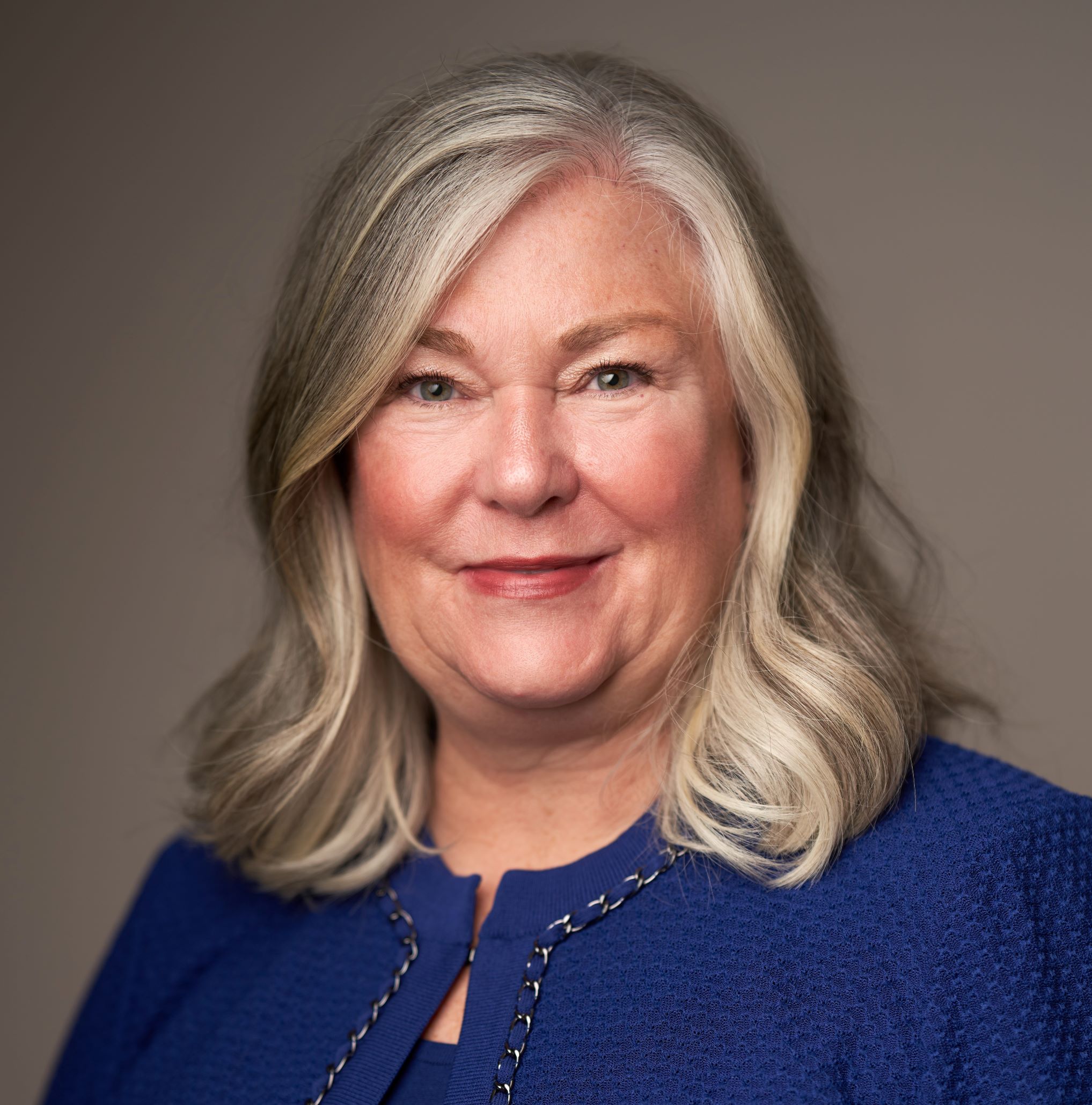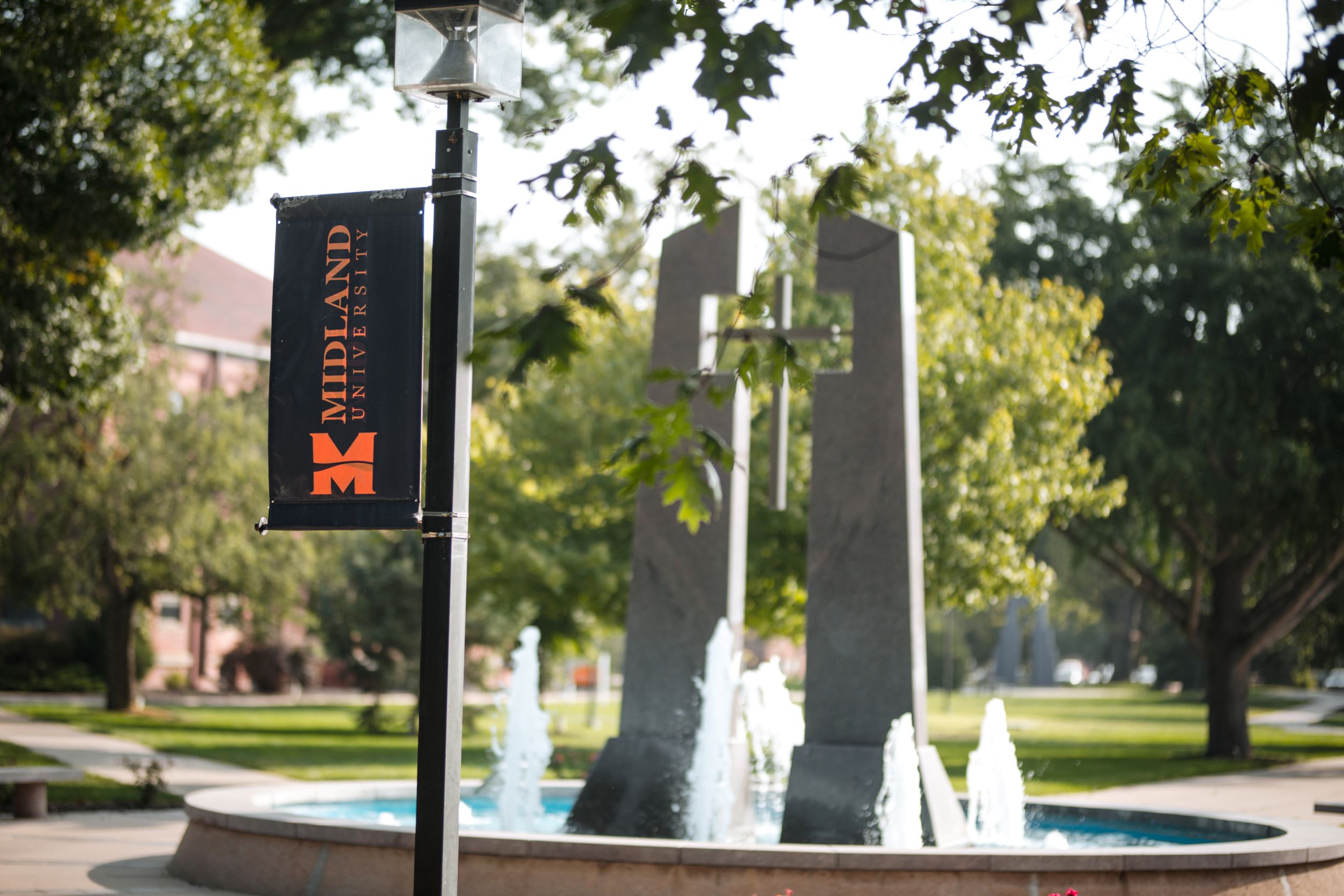Thirteen years ago, the curtains nearly fell on small, private Midland University in Nebraska. Enrollment dipped to less than 600 students. That prompted, among other things, a name change from the former Midland Lutheran College in 2010.

It also ushered in a new era under now very prominent U.S. Sen. Ben Sasse, who took over the president’s post and sparked a turnaround based on a guarantee: that students who attended would graduate in four years. That policy still holds today.
In the past seven-plus years under current president Jody Horner, the university’s enrollment has ballooned to 1,600 students. She credits a few variables for helping Midland get out from under the Higher Education Commission’s sanctions, most notably its embrace of innovation and education technology. Midland was recently named an Apple Distinguished School after creating a 1:1 program in 2019.
“It has really been a great success story,” Horner says. “You often hear of small colleges on the brink, and we are mindful of the environment that we’re in. I do think some of the strategies that my predecessor, Ben Sasse, put in place have led to record enrollment. A big part of that is the technology piece. We are very driven by the marketplace back, in terms of our offerings. And I think that’s what’s necessary for a small school to survive and thrive going forward.”
Horner knows quite a bit about the marketplace. She made the nontraditional leap from president of Cargill Meat Solutions in Kansas to president at Midland. She has helped rebuild the university through new academic programming, new construction and a robust boost in athletics—Midland has the biggest concentration of student-athletes among any institution in the state, including the University of Nebraska.
More President Series stories
- University of Oklahoma: A flagship university that is changing lives on campus
- Western New England: What is a new traditional university and why is the vision so vital?
- Purdue: Growth tied to keeping students at center of bulls-eye
- Muhlenberg: Leading the way as pioneers for women
- Stetson: Why kindness has been one of the keys to Stetson’s success
- Waubonsee CC: Remaining relevant requires deep focus on students, employees
- Dominican: Providing support for first-gen students
- Rockland CC: Is this a time of opportunity for community colleges?
- University of Montana: How higher ed can work for veterans
- Quinnipiac: Creating partnerships and lifelong learning
University Business sat down with Horner to find out more about this unique university, its growth and its successful turnaround during a time of instability in higher education:
How would you describe your institution’s mission and how a focus on building real-world skills for students fuels that?
Two words to describe our vision for Midland are relentlessly relevant. It’s incumbent upon us as the university to understand what’s going on not only in business but in different industries. We try hard to listen to employers and teach toward that. I contrast that with traditional academia—you might have a professor who says, ‘I have my Ph.D. in medieval art history, therefore, I shall teach more medieval art.’ Nothing against medieval art history, but that’s not the way we think here. We work from the marketplace back and want to make sure that what our students are learning is relevant for the future. But it is also based in the liberal arts, so that’s a delicate but important balance.
Do you think your background in the business world has been pivotal in helping lead Midland?
There are pros and cons coming in from the outside. I certainly had a steep learning curve. But I do think my 30 years leading large businesses did give me a perspective of the marketplace and customers. What are the needs? How do we adjust? How do we stay nimble and agile? We are a 139-year-old institution. We’re able to make quick decisions here. We don’t have a whole lot of committees. We do not have tenure. In some cases that allows us to move quickly on things.
A few years ago, one of those decisions was to embrace the idea of 1:1 tech right before the pandemic. What has that shift in focus done for Midland?
Timing is everything. I wish I could tell you I had some insight into the pandemic coming. But we did roll out our Midland 1:1 program in the fall of 2019 and had three goals. If we were going to remain relevant, it had to include technology. That second was to further our three main strategic goals—create dynamic experiences for our students, ensure what they were learning was relevant and then drive growth at the university. The third goal was around equity. We had a strong desire to ensure every student here at Midland had the technology tools they needed to be successful, regardless of socioeconomic or financial status. And I’m especially proud of our faculty. We put a lot of time into training them on how to use the devices.
Midland has a 96% employment rate two years after graduation, which is ahead of the curve in higher education. What do you attribute that success to?
We put a lot of emphasis into not only giving our students the skills they need, whether it’s digital fluency or critical thinking or leadership skills, but we invest a lot of time helping students articulate the skills that they’ve learned as part of their experience. They are able to articulate them crisply and clearly to future employers, from standard mock interviews to a requirement of an internship in our business program. On top of it being a hot job market right now, that’s really helped our students.
What is the outlook in terms of admissions for this year, and what is the makeup of the student body?
We’re on track to be close to, or hopefully, a little bit above, where we were last year. During COVID, we had one of our best years ever in recruiting. When we had to go virtual, it was really smooth because everyone had the technology and knew how to use it. 57% of our students come from Nebraska. The balance of our students come from 39 different states and 17 countries. We have a little shy of 30% of students of color. Roughly a third are first-generation. And around 30% of our students are Pell-eligible. Our largest academic programs are our business program, our education program and our health sciences program. Roughly 80% of our students are student-athletes. I always like to describe our students as passionate about something.
What are some of the biggest challenges facing smaller institutions, and what is Midland doing to address them?
They’re well known. Certainly the demographic cliff. What has been diversifying our portfolio of programs? We opened up a campus in Omaha and have been investing in more certification programs, partnering with different businesses and industries to serve more adult learners. We’re investing in additional online capabilities, all as hedges to deal with the impending cliff. Another one that keeps me up at night is student mental health. We just recently went to 24/7 mental health services for all of our students. Our students today are under a lot of pressure and need additional support. The opposite side is that there are so many opportunities for reskilling and upskilling employees. It’s not all gloom and doom. There are some pretty exciting opportunities out there.






